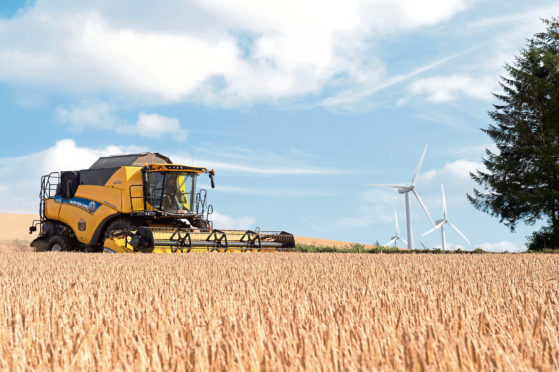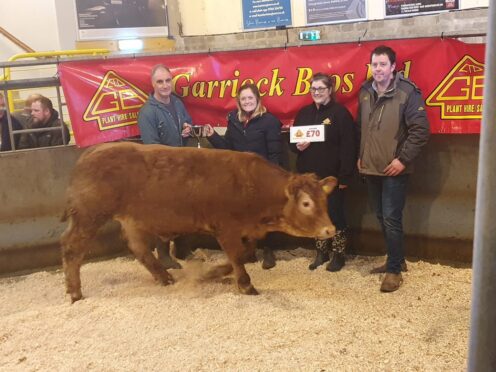Scotland’s natural economy is worth a fifth of the country’s total output, a new report has claimed.
The study, undertaken by BiGGAR Economics for Scotland’s Rural College (SRUC), shows £29.1 billion was added to Scotland’s GDP in 2018 from areas that use, preserve or conserve natural resources or rely on the natural environment.
In the same year, 290,100 people were employed in the natural economy – around 11% of total jobs in Scotland.
Between 2008 and 2018, the report says gross value added (GVA) – the amount added to Scotland’s economy – fell 18%, owing to a drop in energy prices.
When the energy production sector is removed from calculations, the GVA of the natural economy grew by 25%, owing to a rise in the value of tourism and agriculture by 60% and 39% respectively.
Professor Wayne Powell, the principal of SRUC, believes the natural economy could help Scotland recover after the coronavirus pandemic, which has already caused a 22% drop in GDP since May.
“This would be an important report at any time but in showing how we can build on the comparative advantage that Scotland has in the area of natural economy, it is a vital contribution to our economic, social and environmental recovery from the Covid-19 crisis,” said Prof Powell.
Several scenarios are laid out in the report, detailing how an increase in productivity could boost the financial output of the natural economy.
The first scenario suggests a 0.98% annual uptick in output per year in the next 20 years would lead to a 22% rise in GVA, while another states a 1.2% rise would create a 27% jump in extra value for the economy.
A final model, which looks at the effects of a 2.1% annual increase in the natural economy, predicts 52% extra in added value by 2040.
The report did not give details on how these growth rates could be achieved.
Prof Powell added a “more integrated approach” to developing the sectors within the natural economy would enhance Scotland’s output by increasing productivity and resilience.
He said: “Such an approach will require a new model of collaboration to deliver the education, research and innovation needs of the natural economy.
“SRUC stands ready to play our full part in such a collaborative effort and we look forward to publishing further research for wide debate and discussion about how this exciting vision can be realised.”










